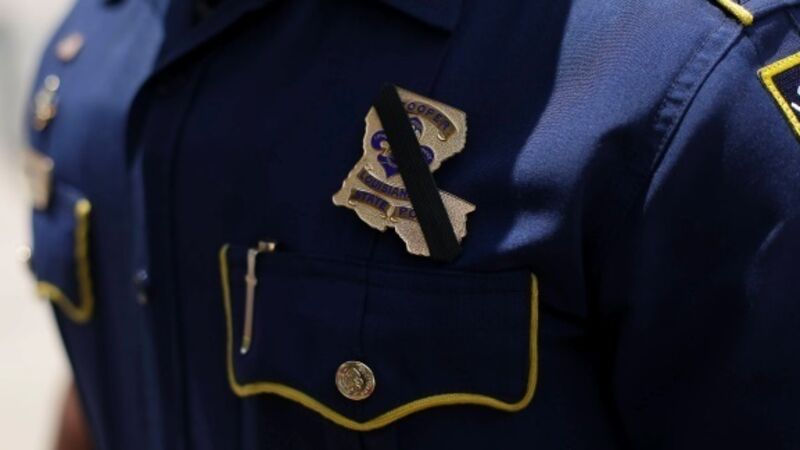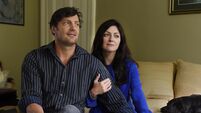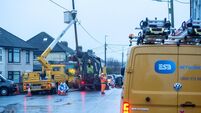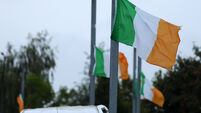BIG READ: What it's like to be a police officer in modern day America

On July 6, Nakia Jones, a police officer in Warrensville Heights, Ohio, was woken by her teenage son bursting into her room, on the verge of tears. “Did you see the shooting?” he asked.
The day before, in Baton Rouge, Louisiana, someone had filmed two police officers tackling and then shooting to death a black man named Alton Sterling. The video showed in bloody detail how quickly an officer can take a life at point-blank range. The clip left Jones’s son, a straight-A student and captain of the school band, sad and confused.
















